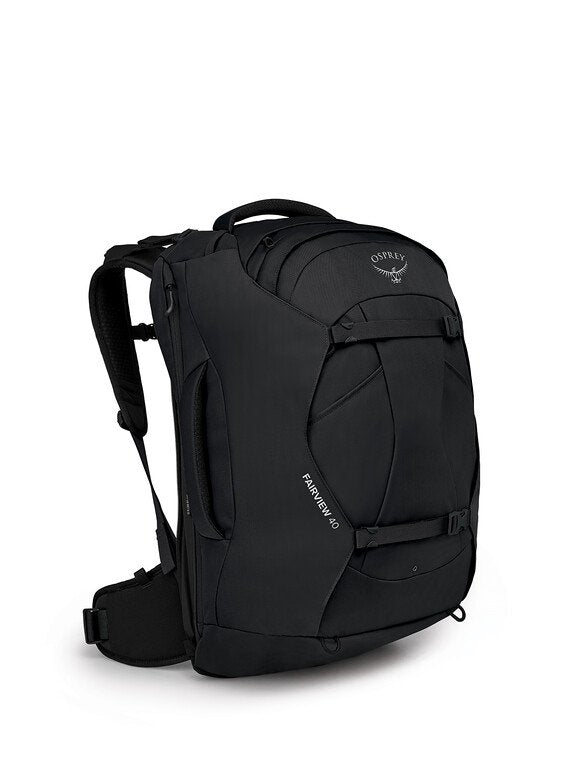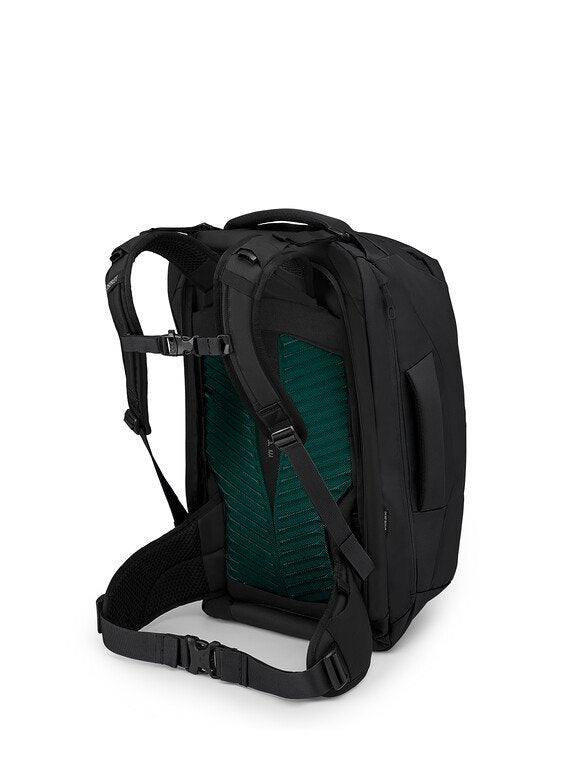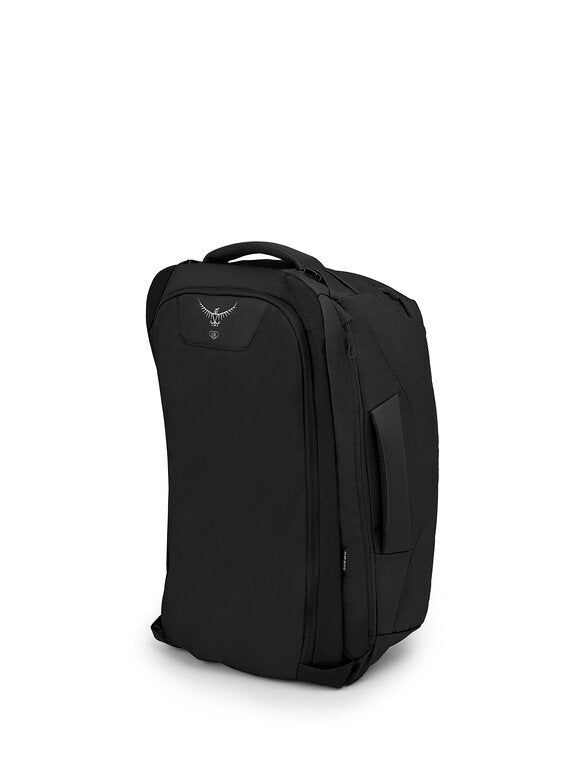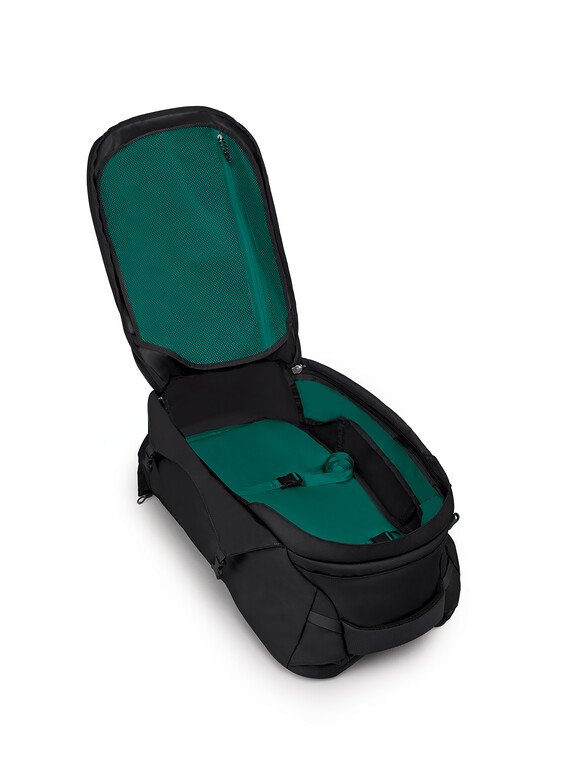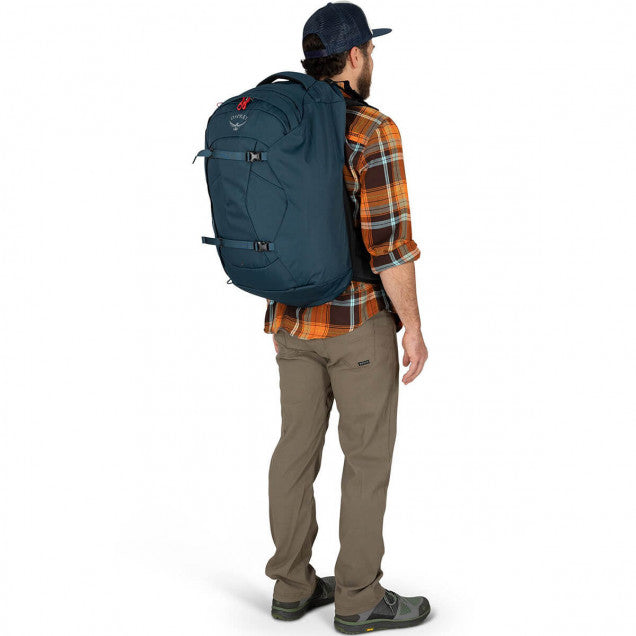osprey
Osprey Farpoint 40 Travel Backpack
Osprey Farpoint 40 Travel Backpack
Couldn't load pickup availability
Features
- Carry-on size (always wise to check requirements though)
- Comfortable, gender-specific fit
- Adjustable torso fit from 43 - 56cm
- Suspension:
- 4mm LightWire frame peripheral frame effectively transfers the load from harness to hipbelt
- Atilon framesheet spreads the load across the entire backpanel to the peripheral frame
- Mesh-covered ridged foam AirScape™ backpanel allows maximum ventilation while keeping the load close to the body
- Lightweight and breathable stowaway reverse spacer mesh harness
- Adjustable sternum strap with rescue whistle
- Breathable, stowaway reverse spacer mesh hipbelt with stretch mesh pocket
- Large panel zip access to main compartment
- Lockable sliders on main compartment zip
- Dual front compression straps
- Large front shove-it pocket
- External zip toiletry pocket
- Quick access zipped 16-inch laptop and tablet sleeve
- Two internal compression straps hold contents securely
- Internal front flap zipped mesh pocket
- External gear attachment loops
- Padded top and side handles
- Compatible with Farpoint/Fairview Daypack
- bluesign®-approved fabric
Specifications
| Capacity | 40 Litres |
|---|---|
| Dimensions | 55 x 35 x 23cm |
| Average Weight | 1.581kg |
| Made From | 450D recycled twist dobby polyester, PFAS-free DWR |
| Technologies |
bluesign® approved: The bluesign® system is the solution for a sustainable textile production. It eliminates harmful substances right from the beginning of the manufacturing process and sets and controls standards for an environmentally friendly and safe production. This not only ensures that the final textile product meets very stringent consumer safety requirements worldwide but also provides you confidence you'll acquire a sustainable product. Those operating sustainably - meaning conserving resources and reducing the environmental impact to a minimum - also act responsibly and innovatively. Wanting to produce sustainable goods though involves a detailed examination of all materials and processes used as well as the impact of the production on the environment. Only this holistic observation, which starts well before the actual production, will guarantee a final product that is harmless to human beings and the environment. The standard covers 5 principles:
|
Share
